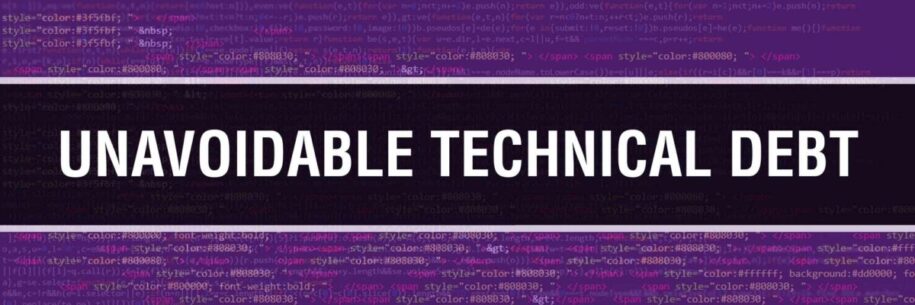When we need to update software fast, providing new features to the client, the technical debt becomes an issue of every project. Code debt happens when we need to deliver a project or add new functionality at the cost of some necessary work that should be done as well. As a result, it causes delays in adding new features, deters innovation, and most importantly, might decrease your technical team’s job satisfaction. That’s why it’s crucial to manage the technical debt effectively, considering that you can save millions of $ in revenue and make your software development team satisfied with the results reducing the risks of losing qualified specialists.
How do businesses manage their technical debt?
In 2018 ScienceDirect surveyed 226 participants from 15 companies and found out that only 7% of participants were tracking technical debt, and less than 4% confirmed that all team members participate in its tracking.
The Stripe report of the same year highlights, that legacy systems maintenance and technical debt are the top reasons hindering developers’ productivity. And only a tiny percentage of companies built the process of managing code debt.
Five tools that that help you manage a technical debt
1. Proper documentation
The use of Trello boards, Wiki pages, or Google Spreadsheets to document code and design debt issues can be helpful. It allows all the teams to track all code debt issues.
2. Project management software
Most organizations use project management software like Jira, Redmine, or even Excel/Google Spreadsheets for their development. It’s an excellent idea to dedicate a backlog to technical debt issues to document and catalog it in your codebase. The only disadvantage is that it is hard to maintain as engineers accumulate lots of refactoring tickets and never prioritize such issues.
3. Static analyzer software
SonarGraph, Klockwork, SonarQube are the tools that programmers use to analyze a source code to find code debt. The disadvantage of such tools is that they won’t help you identify large and medium-sized pieces and won’t provide you with the context to understand what it is.
4. Linters
Linters are tools that developers use to find and flag programming and stylistic errors, bugs, and suspicious constructs. The last ones are usually connected with code debt.
5. Test coverage
Low test coverage and outdated tests are sometimes considered technical debt. That’s why it is worth review your QA processes from time to time.
There are also SaaS solutions that allow the management of technical debt. Among them is JetBrains extension for code debt management and Stepsize software. But they are not always working for all kinds of projects.

